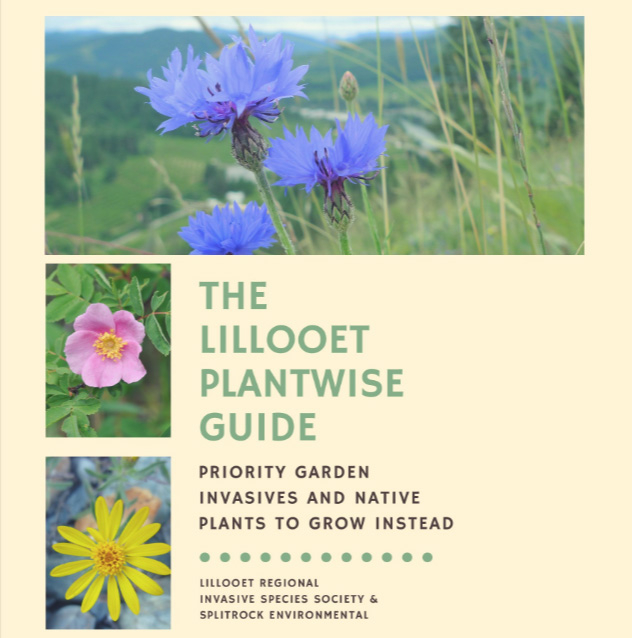Lillooet Plantwise Guide
The Lillooet Plantwise Guide, an eBook created by LRISS in partnership with Splitrock Environmental which is intended to provide gardeners and landscapers in the Lillooet Region with information on how to identify the top invasive garden plants and offers native alternatives to "Grow Instead".
